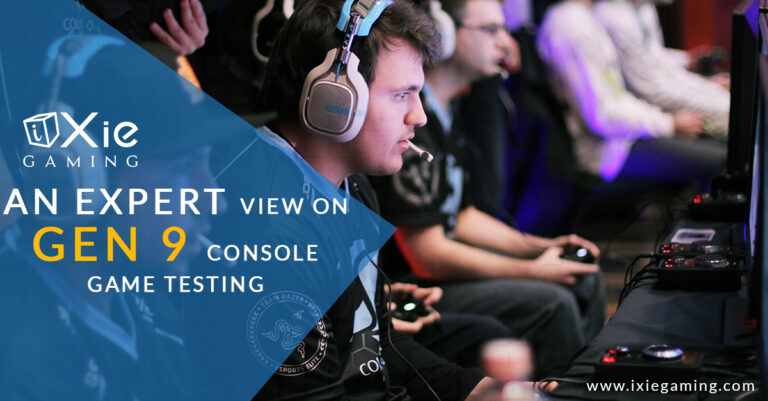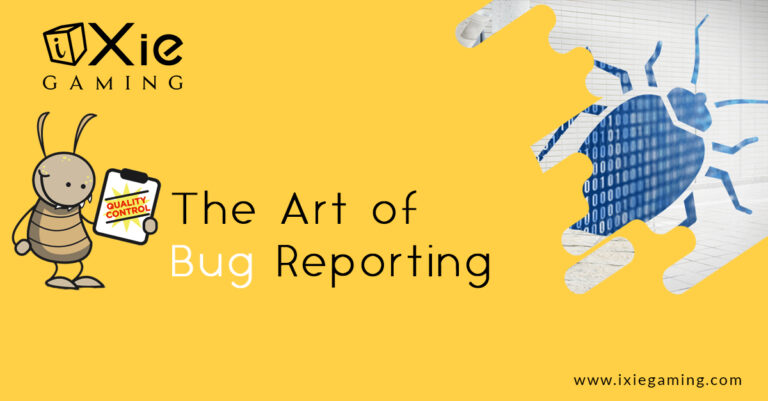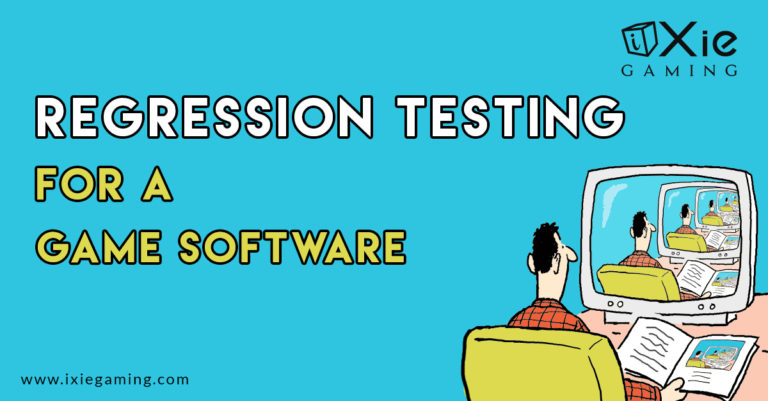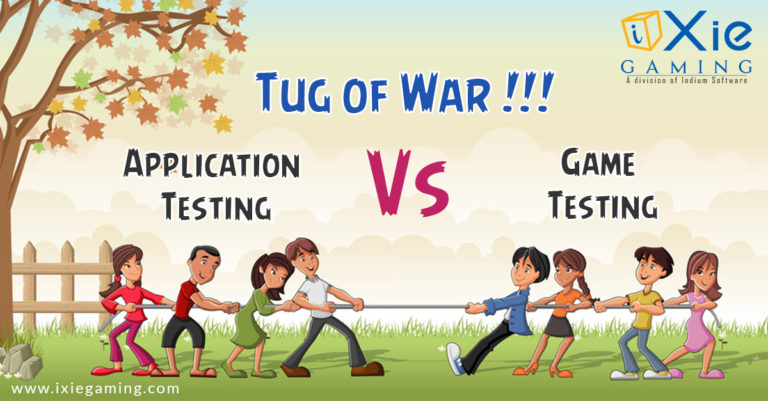Introduction:
Game development is an intricate and dynamic process that involves multiple stages, including design, development, and testing. Among these stages, game testing plays a critical role in ensuring the quality and stability of the final product. As games become more complex and the demand for faster release cycles increases, game test automation has emerged as a crucial technique to streamline the testing process. However, like any form of automation, it comes with its own set of challenges. In this blog post, we will explore some common challenges in game test automation and discuss strategies to overcome them.
In a Nutshell: Test Automation
In the world of software testing, two distinct approaches emerge: manual testing and test automation. Earlier game testing was just limited to teams that were solely dependent upon manual testing for evaluating the stability of a game. But a new trend of automated game testing has evolved over the last few years.
In the gaming industry, where game developers strive to meet the demands of fast-paced development cycles and continuous integration and delivery (CI/CD) practices, test automation has become a necessity. The need to test and release games at a rapid pace has become critical, especially considering the longevity of modern video games. With games being continuously updated with patches, expansions, and new content over extended periods, the testing workload continues to grow.
Automation testing, on the other hand, allows automated tests execution and, therefore, cutting costs and speeding up the whole process. That’s exactly what game developers need these days, right? First, many game development studios have already adopted CI/CD practices that require them to test and release faster. Secondly, modern video games have a long lifespan as some of them have been in production since the early 00’s — therefore, there is an ever-growing number of patches and expansions to be tested and released. And, most importantly, gamers invest in games. They expect things to work!

Overcoming Challenges in Game Test Automation:
I. Graphics and Rendering
One of the most significant challenges in game test automation lies in dealing with the complexity of graphics and rendering. Games often incorporate advanced visual effects, complex shaders, and intricate animations. Verifying the correctness of these elements through automation can be a daunting task. Traditional testing tools may struggle to capture and analyze graphical issues accurately.
To overcome this challenge, specialized tools and frameworks designed specifically for game testing can be employed. These tools often provide features like image recognition and comparison, allowing testers to validate the visual aspects of a game automatically. Additionally, leveraging machine learning techniques can enhance the detection of graphical anomalies and improve the efficiency of the testing process.

II. Non-Deterministic Behavior
Games are interactive and dynamic systems that respond to user input and external stimuli. This non-deterministic behavior makes it challenging to reproduce and automate specific test scenarios. Bugs and issues may only manifest under specific conditions, making it difficult to identify and isolate them.
One approach to address this challenge is to implement a robust test environment that can simulate a wide range of scenarios and inputs. Techniques such as mock objects, virtualization, and game state serialization can help create controlled testing environments, allowing testers to reproduce complex scenarios consistently. Additionally, logging and profiling tools can aid in capturing and analyzing the game’s behavior during automated testing, assisting in the identification of non-deterministic issues.
III. Performance Testing
Performance is a critical aspect of any game. Ensuring that a game runs smoothly, with acceptable frame rates and minimal lag, is essential for providing an immersive and enjoyable experience to players. However, performance testing is often challenging to automate due to the need for real-time monitoring and analysis of metrics such as frame rate, memory usage, and CPU load.
To overcome this challenge, testers can leverage performance testing frameworks specifically designed for game testing. These frameworks often provide real-time monitoring capabilities, allowing testers to measure and analyze performance metrics while the game is running. Integration with profiling tools can provide deeper insights into performance bottlenecks and help optimize the game’s resource usage.
IV. Compatibility and Platform Fragmentation
Games are developed for various platforms, including consoles, PCs, mobile devices, and virtual reality systems. Each platform may have its own hardware specifications, operating system versions, and compatibility requirements. Ensuring that a game works seamlessly across different platforms and configurations is a significant challenge in game test automation.
To address compatibility and platform fragmentation challenges, testers should invest in a comprehensive test infrastructure that covers a wide range of target platforms and conduct a compatibility test. This infrastructure should include physical devices, emulators, and simulators for different platforms and configurations. Additionally, adopting a test-driven development approach can help catch compatibility issues early in the development cycle, reducing the effort required for automated testing.
V. Input Variability
Games rely heavily on user input, ranging from keyboard and mouse controls to gamepad or touch-based interactions. Testing the game’s responsiveness and accuracy to different input variations can be challenging. Automating the generation of diverse and realistic input sequences is crucial to ensure comprehensive test coverage.
To address this challenge, testers can utilize input scripting frameworks that allow the creation of scripts or scenarios to simulate various user interactions. These frameworks enable the automation of complex input sequences, including combinations of button presses, mouse movements, and touch gestures. Additionally, leveraging crowd testing or beta testing with real users can help gather feedback on different input devices and configurations.

VI. Network and Multiplayer Testing
Many modern games feature online multiplayer modes, where players interact with each other in real-time over network connections. Testing the stability, synchronization, and performance of multiplayer functionality presents unique challenges. Coordinating multiple instances of the game across different devices and simulating various network conditions is complex and requires specialized tools and expertise.
To overcome this challenge, game development teams can employ network simulation tools that replicate different network conditions, including latency, packet loss, and bandwidth restrictions. These tools allow testers to evaluate the game’s behavior under various network scenarios and identify potential issues. Additionally, implementing automated load testing to simulate a high number of concurrent players can help uncover scalability and performance bottlenecks.
VII. Game Content and Scripting
Games often consist of vast amounts of content, including levels, missions, quests, dialogues, and scripted events. Validating the correctness and functionality of all game content manually can be time-consuming and error prone. Automating content testing requires dealing with dynamic and evolving game assets and ensuring the integrity of scripted sequences.
To tackle this challenge, testers can employ data-driven testing techniques, where game content and scripting are defined in structured formats (e.g., XML, JSON, or spreadsheets). Automation frameworks can parse and process these data files to validate the content against predefined rules or expected outcomes. Additionally, adopting a modular approach to content creation and scripting can make it easier to isolate and automate testing for specific sections of the game.
VIII. Continuous Integration and Deployment
In today’s fast-paced game development industry, continuous integration, and deployment (CI/CD) practices are crucial to ensure rapid iteration and timely delivery of updates and patches. Integrating game test automation into CI/CD pipelines presents challenges related to test execution speed, test environment management, and reporting.
To address these challenges, development teams can leverage cloud-based testing infrastructure to scale test execution and parallelize testing across multiple environments. Containerization technologies, such as Docker, can help create reproducible and isolated test environments, ensuring consistency across different stages of the CI/CD pipeline. Additionally, integrating test automation frameworks with reporting and notification systems can provide real-time feedback on test results and facilitate quick decision-making.
Conclusion
Game test automation brings numerous benefits, including increased efficiency, improved test coverage, and faster time-to-market. By understanding and addressing the challenges associated with graphics and rendering, non-deterministic behavior, performance testing, compatibility and platform fragmentation, input variability, network and multiplayer testing, game content and scripting, and continuous integration and deployment, game development teams can harness the power of automation to deliver high-quality games that meet players’ expectations. With the right tools, strategies, and expertise, game test automation becomes an indispensable asset in the game development lifecycle, enabling developers to overcome challenges and create exceptional gaming experiences.






